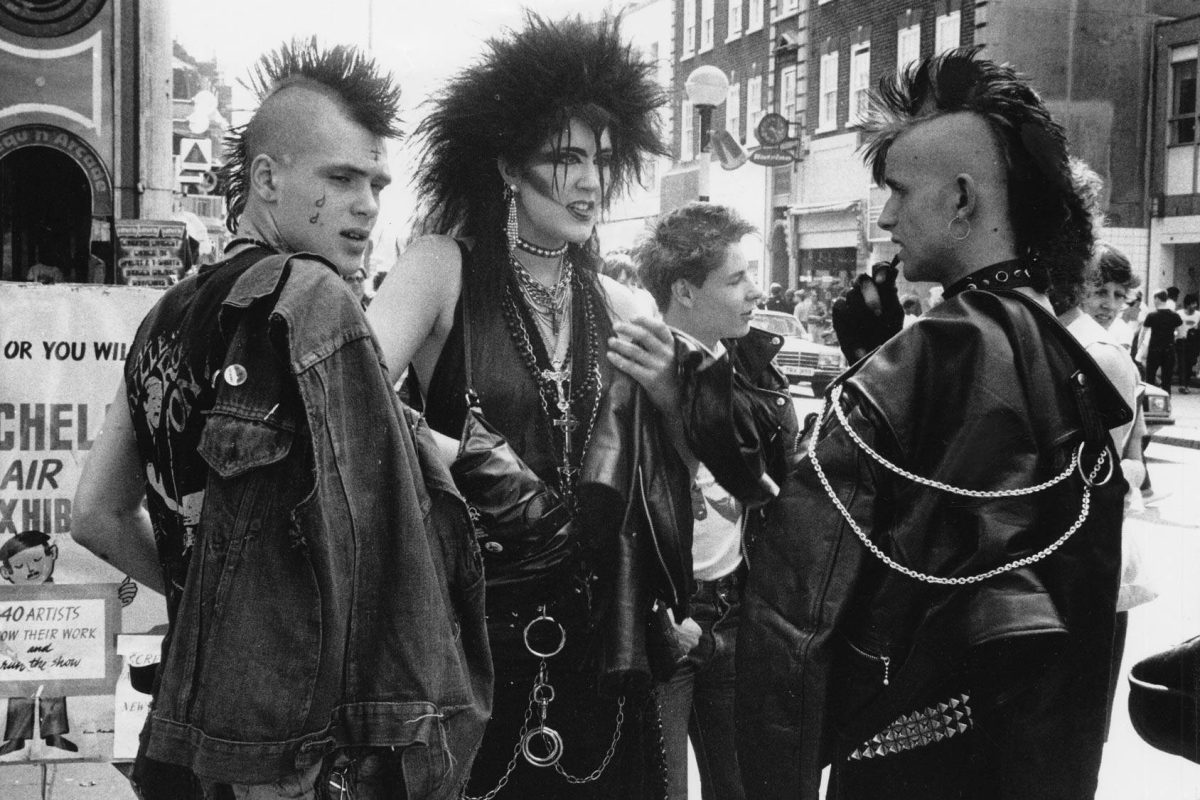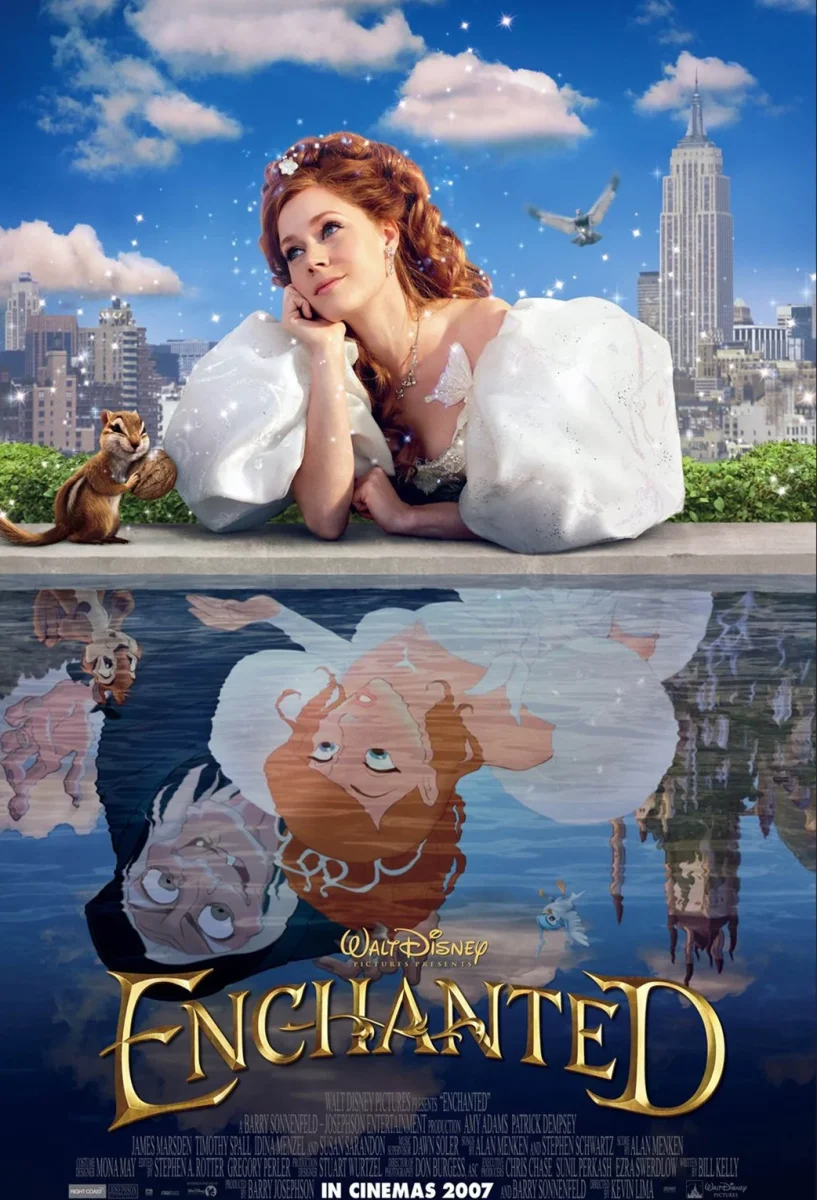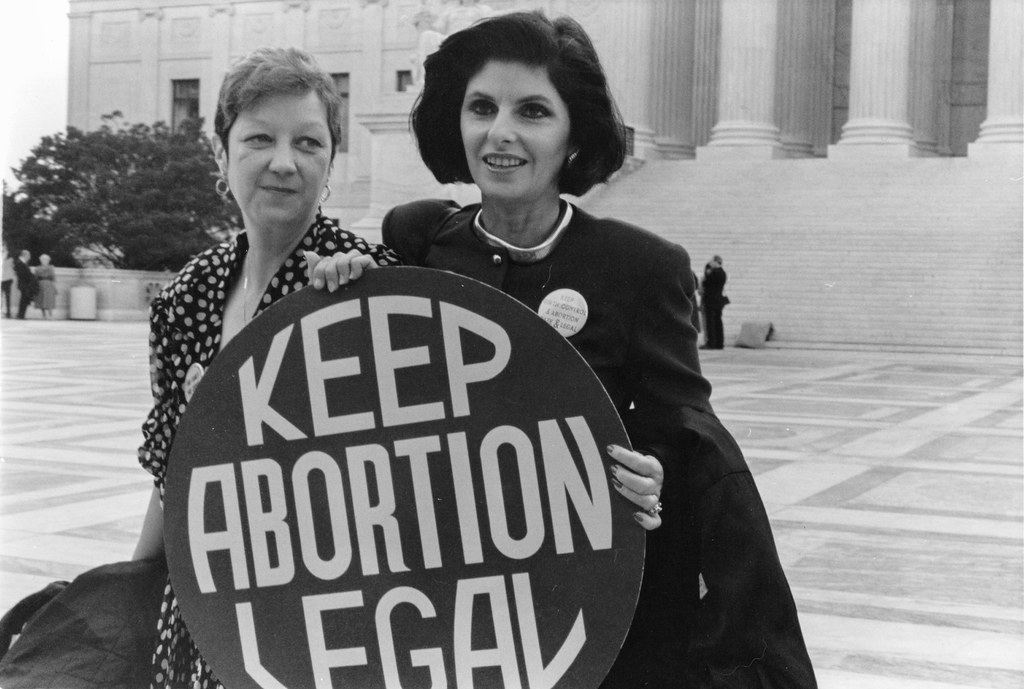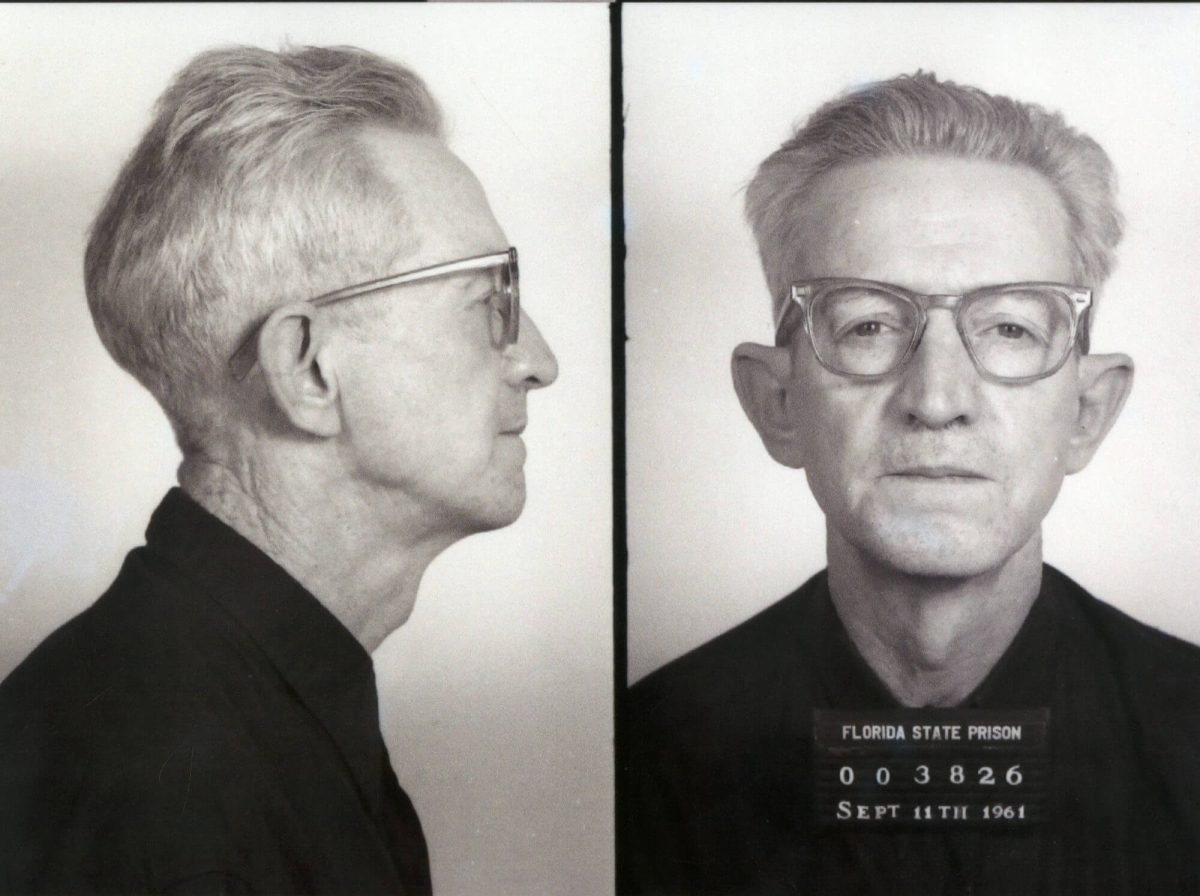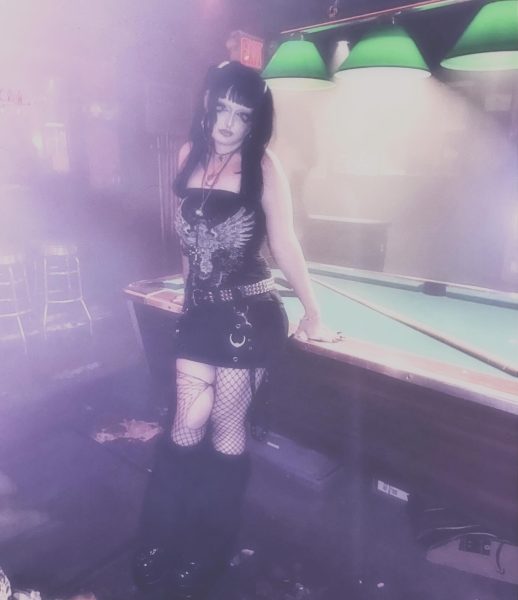The 1970s and 80s had a cultural reset when the punk and anti-fashion movement began to boom in New York City and England’s underground scene amongst angsty teens and enraged young adults. The punk movement not only started a fashion subculture but also contributed to a new genre of music and even a political movement. Punks were the loud, hot-tempered, rejects of society aiming to fight the patriarchy and the impossible beauty standards put onto the people.
The punk movement made its debut in the mid-1970s but really gained popularity in the early 1980s. Punk first formed as an anti-war and anti-government movement in the 70s but as society entered the 80s, the movement began to focus on societal issues as well. The entire ideology of punk is based on challenging the mainstream norms of both fashion and politics. Punk rose to popularity in mainly America and England, creating an entirely new political party based on anti-establishment and anti-war, along with highlighting each individual for who they are instead of conforming to the societal beauty norms. Punk is anti-capitalist and anti-government, especially when it comes to impeding human rights that infest our day-to-day lives. The punk fashion movement consists of clothing items that aim to provoke the middle and upper-class culture by being sexual or vulgar.
Punk is more than just black leather and spikes. It’s a way of life and a set of values that allow people to highlight their individualism. Oftentimes, punks will express themselves by wearing items that are torn, ripped and/or made themselves. Punks are extremely anti-capitalist, and will usually wear clothes they made themselves as a way to not only save money but directly go against the capitalist patriarchy society tries so hard to appease. Throughout the decades, the punk scene has become more and more vocal when speaking up against racism, especially in the alternative subgenres of fashion and music. In the mid-to-late 70s, the punk scene created Rock Against Racism (R.A.R.). This was an organization that directly fought racism that ran rampant in the music industry and among young people. R.A.R. was so against letting members of the far-right attend punk concerts, that they would resort to physically attacking them and removing them from the show. Militant anti-fascists were so passionate about the movement some would end up serving jail time for their violence and overall actions categorized as “anarchy.”
Although punk clothes are supposed to be DIY’ed, not everyone can make their own clothes! Punk clothes are easier to find in the city than in most other places in America. Here in New York, you can visit Trash and Vaudeville, Search and Destroy and Enzs. For those of you who like to shop in bed: Rockabilia, Angry, Young, and Poor and Nuclear Waste Underground are reputable sites where you can find punk clothes and accessories. Some good punk bands for those just getting into the scene include The Sex Pistols, Bad Brains, The Ramones and Black Flag.

